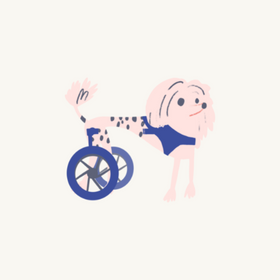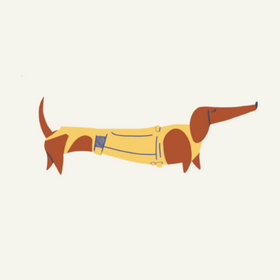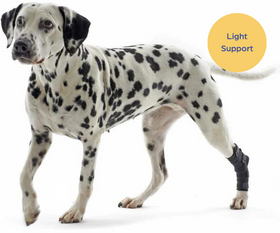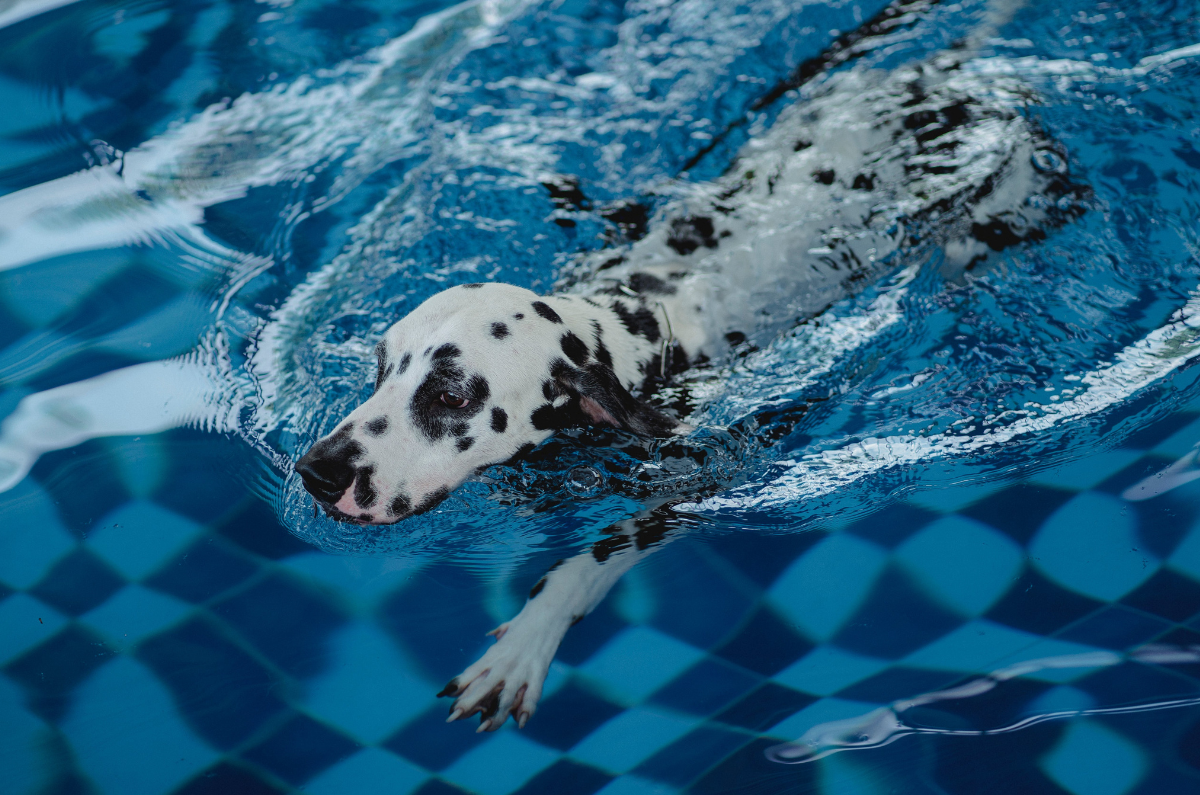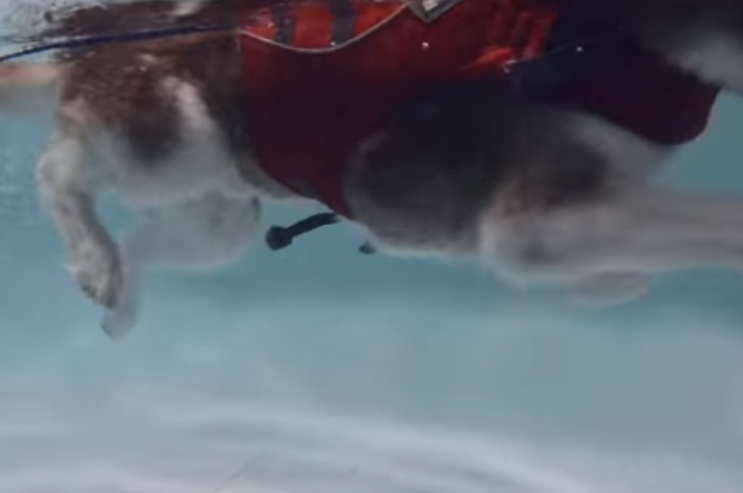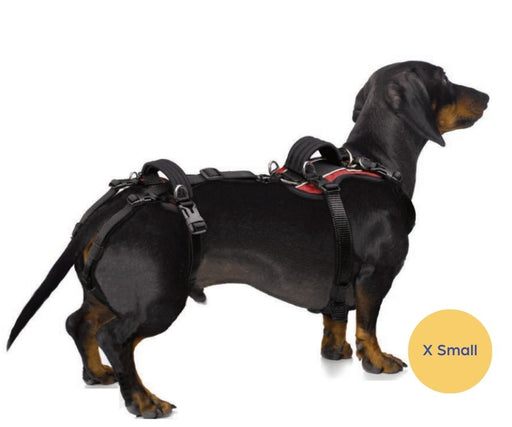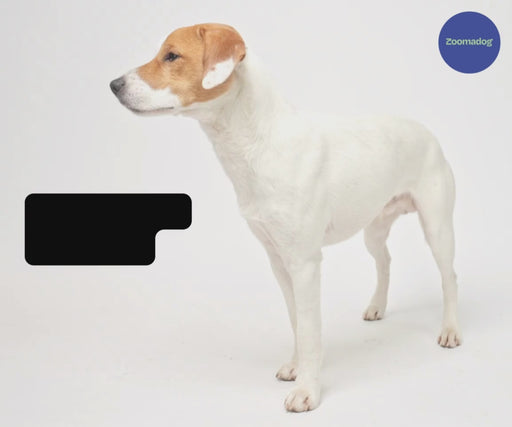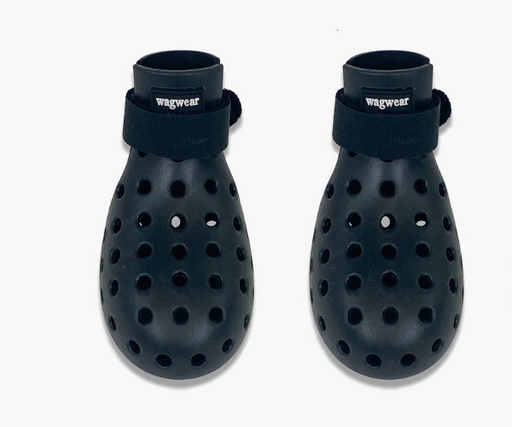Where can I find a hydrotherapist or hydro pool?
Obviously a quick google search will identify Hydrotherapy facilities in your area. However, beyond that, it’s important to choose a hydrotherapist who’s trained, and a hydrotherapy facility that’s hygienic, safe, with an overall environment that’s supportive and professional.
It’s worth asking your vet or physiotherapist if they have any recommendations, as they will know your dog’s needs and might be able to match them to a specific hydrotherapist they know has expertise in that field.
When choosing your Hydrotherapist, these can be some helpful questions to ask to ensure your dog is being treated by someone you trust:
What Qualifications and Certifications does the hydrotherapist have?
As canine hydrotherapy isn’t currently regulated in the UK, you might want to look for a hydrotherapist who’s a member of a reputable professional body, such as Institute of Canine Hydrotherapists (ICH/IRVAP), National Association of Canine Hydrotherapists (NACH), or is a Registered Canine Hydrotherapist (RCH). These organisations have codes of practice, which is also important. In the US, look for members of the Canine Hydrotherapy Association (CHA).
What experience does the Hydrotherapist have?
If your dog has a very specific medical condition, or is recovering from complex surgery, for example, it is worth asking if the Hydrotherapist has previous experience working with patients with similar issues.
How is the Hydrotherapy Facility?
You can ask to visit the Hydrotherapy facility before committing to a session. This lets you check cleanliness, safety measures, and overall environment and atmosphere. You can ask about the equipment, what to expect from sessions, and understand what to expect from the hydrotherapy sessions in terms of your dog’s rehabilitation, mobility, fitness, etc.
What’s the Hydrotherapist’s treatment approach?
Hydrotherapists usually adopt a holistic approach. They understand that hydrotherapy is as good for a dog’s mental wellbeing as their physical. Finding out about the hydrotherapist’s treatment approach and philosophy will help you get a better feel for how they approach what they’re doing.
Does the Hydrotherapist have an area of specialisation?
If your dog has specific orthopaedic issues or a neurological condition, it can be worthwhile asking if the hydrotherapist specialises in treating these. A hydrotherapist with specialised expertise might possibly lead to a more effective outcome.
What are the supervision requirements at the facility?
Enquire about supervision levels at the facility. Ideally, the hydrotherapist will be monitoring your dog’s progress consistently, adapting treatment when needed, and able to handle any emergencies that may arise.
How are the hydrotherapist’s communication skills?
It’s important you feel you can talk to your Hydrotherapist and ask questions if anything is worrying you. In return, the hydrotherapist should have good listening skills, be able to answer your questions, and give you information about treatment options in a manner that’s clear and understandable.
Ultimately, trust your instincts. Choose someone who’s qualified, and makes you feel comfortable and confident that your dog will receive the best possible care.

